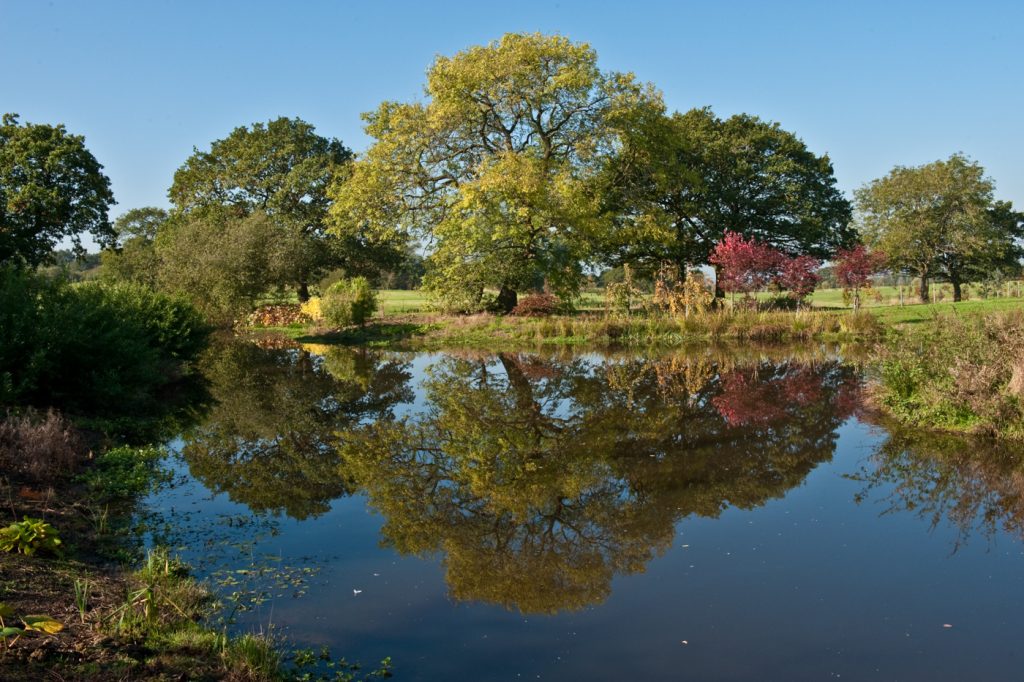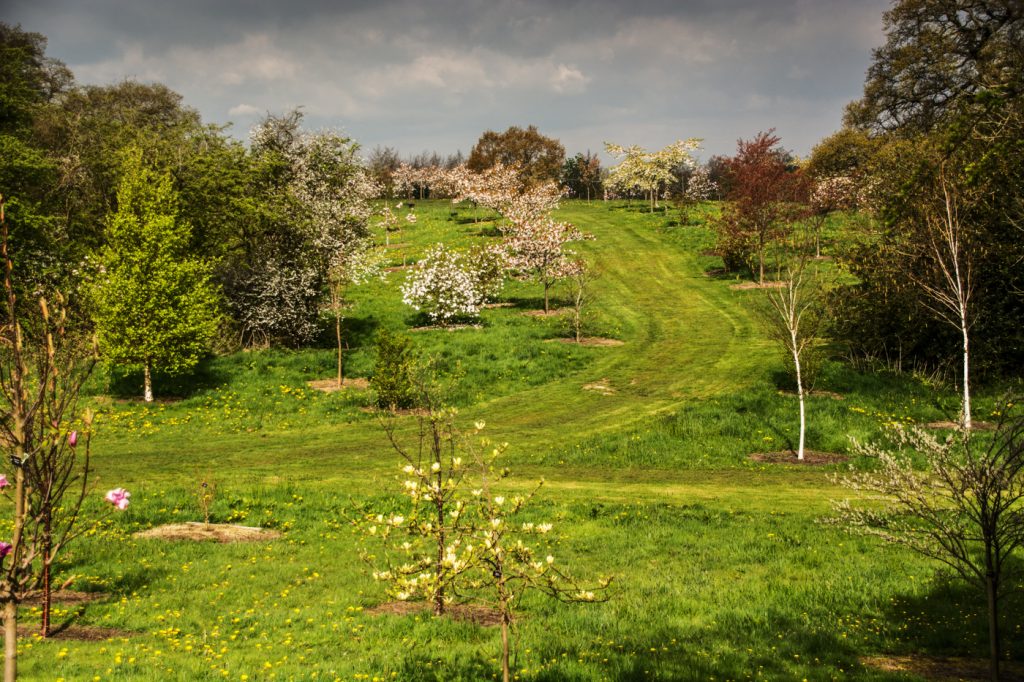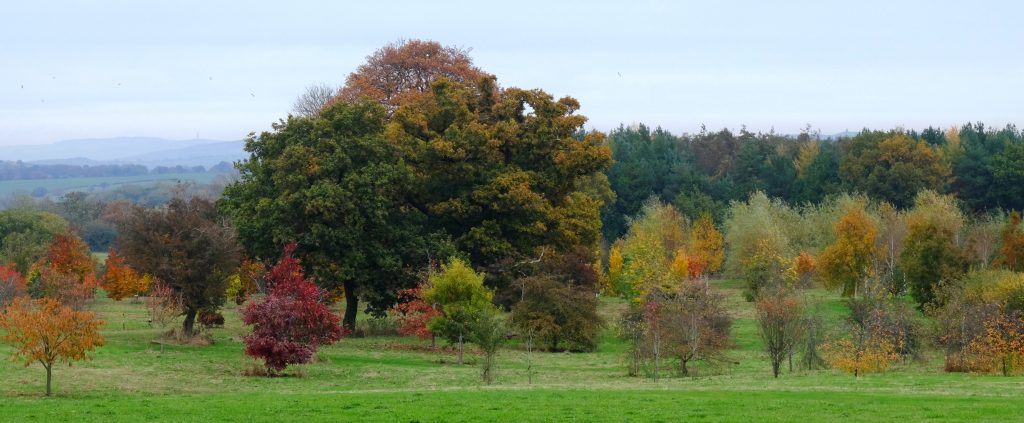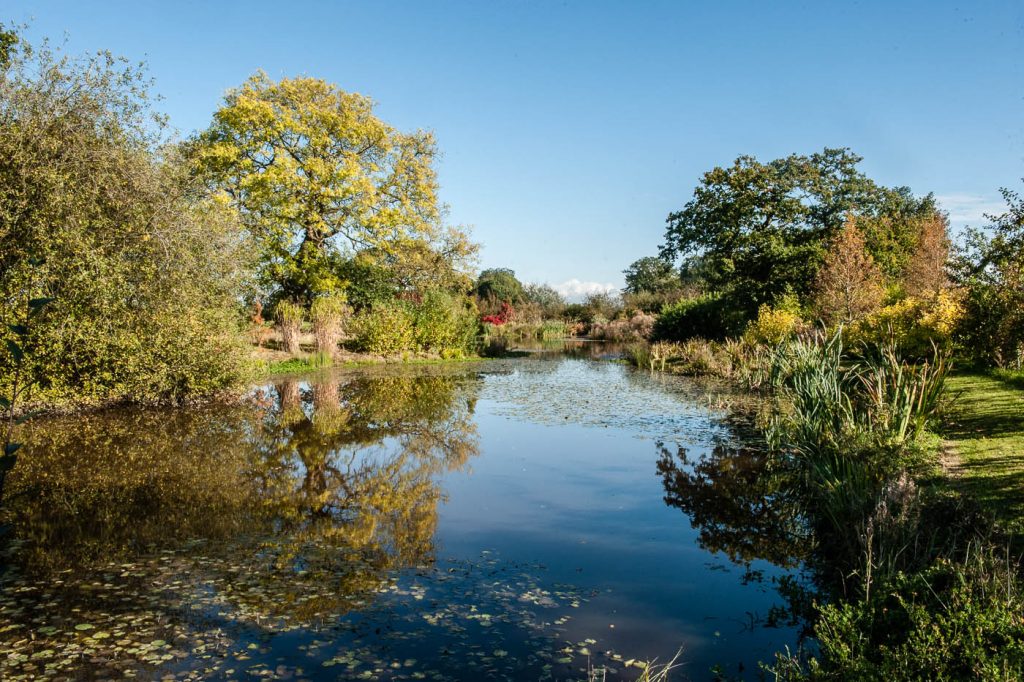The site

Cherry Tree was created in 2006 on 50 acres of unspoilt, lightly-farmed pastureland scattered with mature oaks. This young arboretum lies in an attractive area of Shropshire countryside. It is located on a hilly area overlooking the Cheshire plain and with views to the Pennines to the north, the Peckforton Hills to the north West and the Breiddons to the south west on the Welsh Borders.

On this beautiful, remote and quiet site the mature trees have been preserved and several thousand trees and shrubs have been planted. Plant additions to the site include many varieties of trees and shrubs, especially Magnolias, autumn colouring American Oaks, flowering trees such as cherries and lilacs and flowering Rhododendron and Azaleas. Collections of plants on the Cherry Tree site are all suitable for cultivation in the British climate. Many of the trees and shrubs planted here are rare and unusual, but are easy to grow.

The Cherry Tree Arboretum site, which is underlain by glacial moraine lies at an altitude between 60.9m and 79.3m. Soils on the site have a pH of around 6 or less, down to 5.3. The slope is northerly and the almost complete wind exposure on the site helps to drain away the early and late radiation frosts, which greatly helps the Magnolias, Azaleas and many spring flowering plants grown in here. Cherry Tree not only has a range of soil types, but also has a great variety of habitats.

The site is deliberately overplanted with three levels of plants, each with a different time span to maturity and this means that in time the arboretum will need thinning. The final canopy, which will be at its most splendid in 50 to 100 years’ time, will comprise oaks, beech, limes, large maples, and major conifers. The second level of flowering trees such as cherries, crabs, mountain ash and others which are noted for their bark like birch, snake bark maples will have a lifespan of 30-50 years. The third level of shrubs will over time provide a shelter and kinder environment within the arboretum.